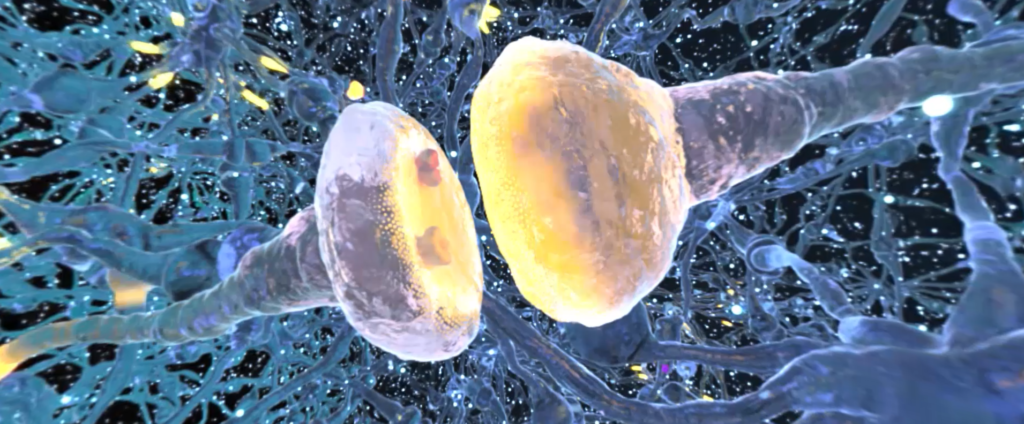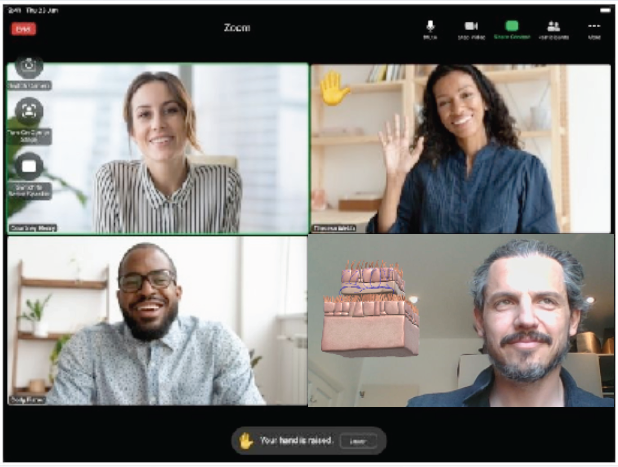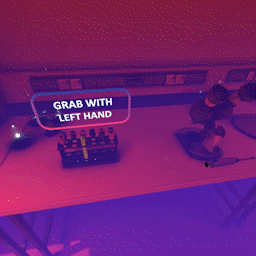
Immersive tech, if seen as the latest tool in an evolutionary process which started with cave-painting and has come to dominate the media landscape since the turn of the millennium, is increasingly well-adapted to communicating cutting-edge advances in medical practice.
The ability for a viewer to immerse themselves in a virtual world in which information about treatments and patients is presented naturally and absorbed easily has made recent advances in augmented, virtual and mixed reality (AR/VR/MR) – otherwise known as the “extended reality” spectrum – some of the most exciting new developments in healthcare communication.
During the past year or so, we at EMH have been playing our part in accelerating this trend by addressing some of the design challenges that immersive technology faces as it transitions from a eye-grabbing attraction at trade shows and congresses to a practical tool for day-to-day communication.
Some of the challenges we’ve faced include a demand from our biopharma clients for AR/VR content that is usable on a range of devices and through multiple channels. This has been effectively resolved to the extent that immersive 3D content , such as drug mechanisms of action, can now be viewed and interacted with through Zoom, Teams, phones, tablets, laptops as well as VR headsets. As we developed these capabilities, it became apparent that some folks are reluctant to spend time putting on and taking off VR headsets – as it can play havoc with hair, make-up, and glasses! The ability to enjoy immersive tech through other channels is a relief for them. Immersive technology can now be considered a truly omnichannel experience.

A second challenge was that some people believe that immersive tech is too complicated for biopharma field teams to use on a daily basis. We developed a range of simple dashboards and menus to make the whole process simple and fast so that, for example, an MSL wanting to show a haematologist an immersive, 3D AR illustration of a kinase signalling pathway, could begin the show in less than 3 seconds using their iphone.
For the majority of people for whom VR headsets are the best way to experience a virtual world, one of the obstacles to this experience is the need to learn how to use the controllers that come with the headset. Whilst not hugely complicated, it can take a few minutes to learn the basic button and joystick controls – which can be off-putting for the less determined user. A very recent solution to this is the introduction of a controller-less hand tracking capability, through which the Meta Quest 2 headset detects the user’s hands and fingers and allows full control of the experience through a range of intuitive movements that require no addition peripherals. This removes the need for controllers and makes the whole experience more natural and enjoyable. Not to mention reducing the likelihood of Covid-19 transmission from multiple participants sharing the same controllers. We also integrated a localisation solution so that our European clients can switch between one of several languages during their VR experience at the click of their virtual fingers!

The trend towards working from home has led to a search for better ways to engage HCPs remotely and EMH has developed the Holoshare platform to do this. It is a system that uses the user’s device’s own camera to show 3D objects in holographic form over Zoom or Teams and has become an exciting alternative to boring slideshows. It can be used, for example, to explore real-life patient profiles, experiences and challenges – allowing the presenter to easily choose the scenes and clips they want to play and provide voiceover containing the right messaging – all while allowing a two-way conversation with the HCP.
Following a similar upward trend to Moore’s law, the pace of this technology continues to multiply year on year, and here at EMH we’re very excited about the future prospects of emerging tech. Examples such as AI-integrated narratives, virtual reality pass-through technology and volumetric video capture are all avenues that we’re looking to explore over the next year. In our world of medical communication, we are now at a stage where the joy of experiencing the technology is matched by the practicality of working with it.
